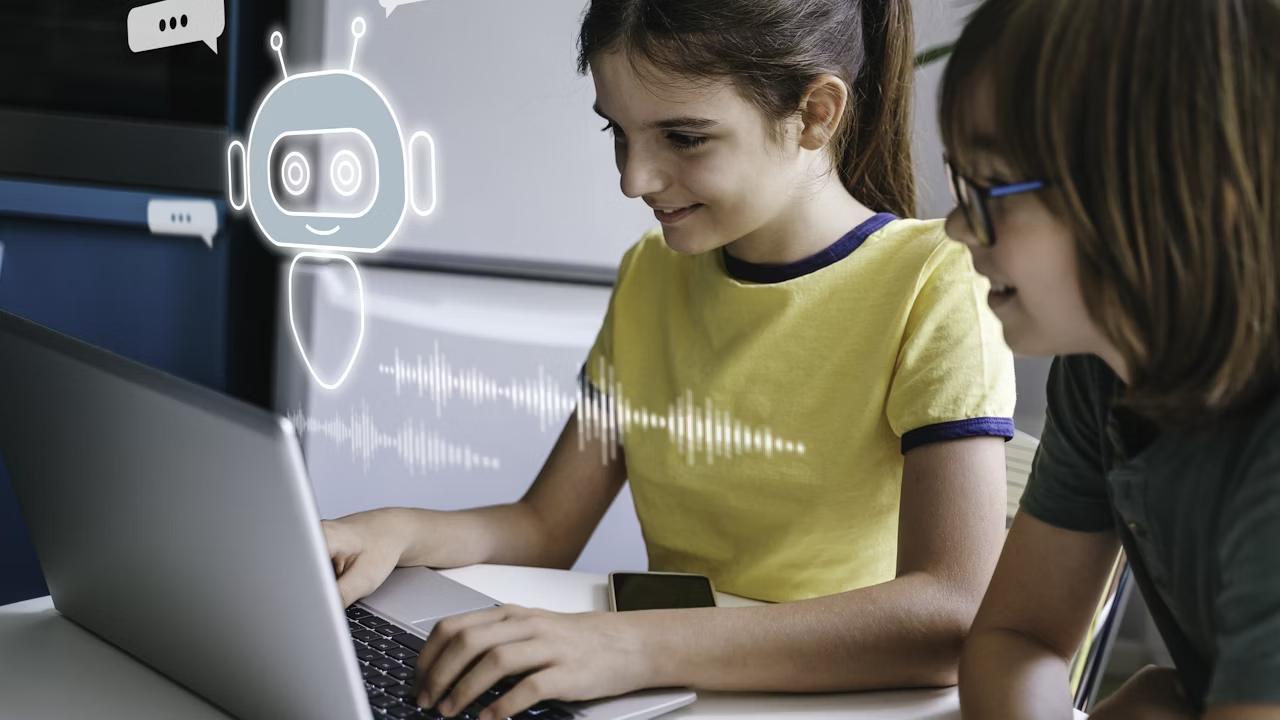This op-ed was co-authored by Pablo Garcia Quint, a Technology and Innovation Policy Fellow at Libertas Institute, and originally appeared in Deseret News on January 11, 2025.
Among the many issues facing education today is the lack of personalized educational experiences. The one-size-fits-all approach, prevalent in many classrooms, only exacerbates the idea that students are just “another brick in the wall” at the end of their educational careers.
Yet, as the future races toward us, it has become clear that this one-size-fits-all approach is failing our kids. The antiquated educational model leaves far too many students behind, exacerbating the gap between the gifted and the average, and leaving behind students who need personalized attention to succeed.
However, the future of education is here. It’s not a new row of desks, a new set of calculators or the latest edition of the same outdated textbook — it’s the transformative power of artificial intelligence (AI). For the first time in history, we have a tool that can provide personalized educational experiences to students at a significantly lower cost than a private tutor.
Tutoring and online learning programs are often praised because they offer personalized experiences, tailored to different learning styles and abilities. But the limited time and resources available to the majority of students frequently get in their way of being able to effectively take advantage of these programs. This is where AI has the potential to be an equalizer for education, making personalized education more accessible than ever.
Consider the many tools that emerged after AI’s boom with ChatGPT. Otter AI transcribes conversations into searchable text, making studying easier and more efficient. Cognii creates conversations through an AI virtual assistant so students can learn something specific, get assessed and receive feedback to have a better understanding of how to improve. Other apps like Thinkster give personalized math lessons with AI to improve students’ capability to spot their mistakes and learn faster. These tools remove the anxiety of asking questions in front of peers, fostering a judgment-free environment for kids to explore, experiment and truly learn. As these tools evolve, classrooms should actively seek ways to incorporate and promote them as supplemental resources.
Furthermore, AI tools are not exclusive to students — they can also aid educators. A few early examples stand out. ChatGPT’s Teacher’s Guide to AI, for instance, showcases ways that AI can be used as an added supplement to teaching, as opposed to a substitute for curricula. MagicSchoolAI can generate personalized lesson plans and assignment suggestions, among its many uses. Curipoid tries to ignite curiosity among students by giving them personalized lessons. Moreover, Gradescope can help educators with the tedious task of grading assignments similar to Khan Academy’s latest product Khanmigo. In many ways, these tools are showing practical applications that leverage the adaptability of AI to help students and teachers.
What we are seeing is not the replacement of students’ critical thinking skills or educators’ jobs by AI educational programs. Rather, what’s happening is an effort by private companies to develop tools that enhance and equalize both student learning and teacher engagement.
What’s encouraging is that states like Utah are realizing this potential. The Beehive State has taken bold steps to embrace AI by approving SchoolAI as an official software vendor. The app is meant to differentiate teaching among students and have a more interactive approach than in the classroom.
By encouraging transparency, creativity and ethical experimentation, AI can be a resource for growth rather than a crutch for shortcuts. Students can learn to blend their own critical thinking with AI tools, fostering intellectual development while embracing innovation. Teachers, meanwhile, can be empowered to guide this journey, using AI thoughtfully to provide individualized feedback and promote deeper engagement.
States like Utah are showing how to lead responsibly while reimagining what education can be. It is important to realize that many of these tools need improvements and are not final versions but following forward-looking policies. Other states could join Utah in its efforts to educate students at the cutting edge of innovation. The real value of AI in education lies in leveraging its capability to adapt and give meaningful responses so students don’t fall behind in their learning process. As technology continues to evolve in education, we should view it as a solution to underlying challenges, not a problem of its own.




